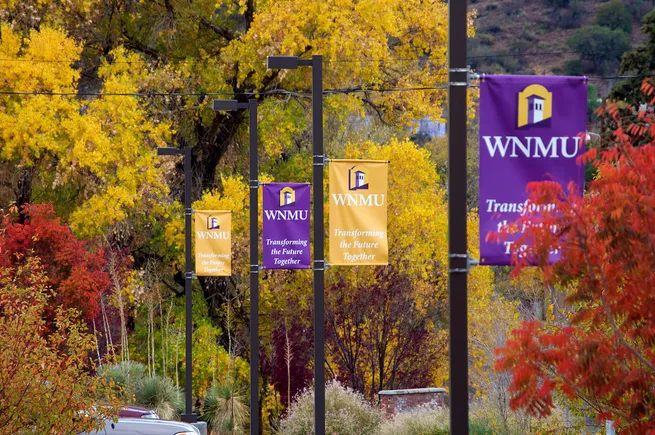For Maria Artica, a first-year student at Richard Bland College, a two-year college in Virginia, enrolling was like stepping “into a new world.”
Artica, who is Hispanic, is pursuing an associate degree in life science and plans to become a doctor. A first-generation college student, she was told that higher ed would lead to a better life. But there isn’t a lot of help available for paying for education, she says. That makes the Free Application for Federal Student Aid, or FAFSA — a gateway to loans, grants and other money — her “main reliable source” of funding.
While she had no experience with financial aid forms, she was able to figure it out last year. But this year was more challenging. The forms had been updated, and the timeline for processing them delayed. Artica ended up filling it out around finals time for the fall semester. At one point Artica accidentally clicked into a box that indicated her parents would pick up the tab for her college, having been confused by the wording. She clicked submit thinking it would take her to the next section where she could enter her parents’ financial information.
For a while, it seemed like that one click had cast a shadow over her brighter future.
She was in the car with her mother after she made the mistake, afraid that she’d blown her chance: “I was like, ‘Oh my God, oh my God,’” she says. She spent the rest of the day on the phone with a customer service robot and a live chat service, trying to navigate a server that kept crashing. It went unresolved, and the fear just built: What if she couldn’t get financial aid?
Only months later, in mid-April, did the form open for corrections, easing Artica’s mind.
She wasn’t alone. When the corrections option opened, 16 percent of the 7 million FAFSA applications needed revisions, a higher number than usual. The stark number is the consequence of a new update meant to streamline the clunky form.
While the fiasco primarily derailed high school seniors, plenty of college students like Artica also rely on the process to access federal student aid, especially with the cost of college rising. And when nearly half of all students aren’t finishing college — and many young students doubt the value of a degree — it sends another signal that could push students away from higher ed, especially low-income and first-generation students. It may have unleashed an enrollment drop that some experts worry could have a greater impact on college access than COVID-19.
An Annoyance, or Worse?
While students noticed the troubles with FAFSA at the end of last year, it actually started much earlier. The update traces back to the 2020 FAFSA Simplification Act. Accounts of the update’s execution describe a process that was rushed and botched from the outset, including a federal report that called into question the plausibility of the schedule for its rollout.
Experts expect the fiasco to have long-term implications for colleges and future students.
Analysis of the Department of Education’s latest enrollment data suggests that the bungle is largely responsible for a 40 percent decline in completion of applications for federal student aid among high schoolers. In Virginia, where Artica goes to school, there’s been a 33 percent drop in completions. In California, the drop was 46 percent.
It’s shaken trust in the financial aid system, even leading to a congressional inquiry. Colleges will give out delayed financial aid packages and students’ college decisions have been clouded in uncertainty.
But for now, for current college students, the immediate distress is based on delays.
Zhenni He, a first-year student at University of California, Merced, also tangled with the update. She’s studying computer science and engineering.
She had misclicked a link about applying for subsidized loans. The application skipped some information about income, and she wouldn’t get aid unless she could make an edit, she says. Unlike the previous year, though, the application showed that it was processing for months, preventing her from making the change.
A lot of other students had made the same mistake, she noticed when reading posts on the social network Reddit.
“It was really annoying,” she says.
But she considers herself lucky. At the end of March, she got an email. Her university, Merced, had extended its deadline for financial aid information to May 2, the email said. So for now, she says, “It’s fine.” She was still working on the corrections when she spoke with EdSurge.
In the future, some warn that more such delays may be on the way.
In April, Artica, the student from Richard Bland College, was able to access her application. It was still confusing. She’s still uneasy because her parents need to create a FAFSA account to finish the process. It’s another potential stumbling block.
But she’s glad the government is trying to improve the process, she notes. It makes students anxious, especially students with immigrant parents. Ultimately, even the gaffes are OK, Artica says, because that’s how you learn.




















Discussion about this post